Analogue and digital processes collide in Fredrikson Stallard’s David Gill showcase
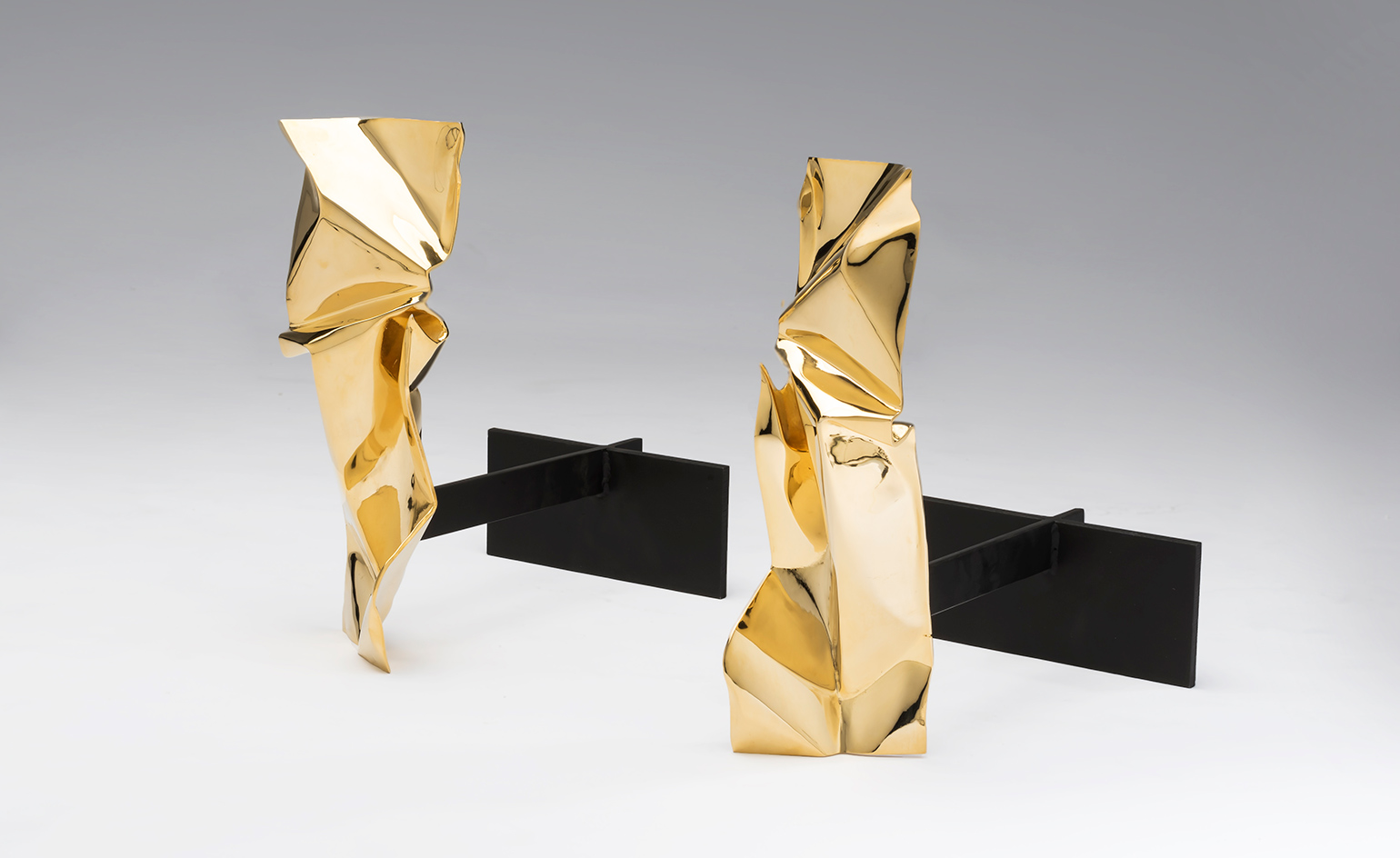
The work of London-based designers Fredrikson Stallard sits in equilibrium between many opposing worlds; analogue and digital, design and sculpture, creation and destruction, control and chaos. So it seems fitting that their new show at David Gill Gallery is titled ‘Gravity’.
As well as important early pieces like the 'Glass Unit' tables, which went on to inform much of the studio’s subsequent work, the show introduces new furniture such as the ambitious new clear resin 'Gravity' tables. Made using a new digital technique whereby thin fragments of ice are scanned in high resolution and then used to shape solid acrylic, the tables serve as a permanent recreation of the studio’s temporary ‘Polaris’ table that was carved from melting ice for the duo’s tenth anniversary show, ‘Momentum’, during London Design Festival last year.
Also making a return following the September showcase are a set of sculptural, velvet flock-covered foam armchairs. Appearing like rocks quarried from the surface of Mars, the ‘Species’ are hand carved from synthetic foam before being covered in Rothko-inspired red velvet. At yesterday’s preview, it was announced that the ‘Species II’ armchair has been acquired for the permanent collection of the San Francisco MoMA, which is set to open its doors in May.
As well as the monumental works for which the studio is best known, the show also introduces a collection of smaller, more ‘accessible’ design objects including a new series of bronze ‘Consequence’ candlestick holders that were cast from pieces of leftover crushed metal found in the studio scrap pile, as well as a set of cast bronze ‘Manhattan’ firedogs made by digitally scanning and then mirroring pieces of crushed metal. ‘That feeling of effortlessness is really important in our work,’ says Ian Stallard. ‘We like finding a beauty in these brutalist forms.’
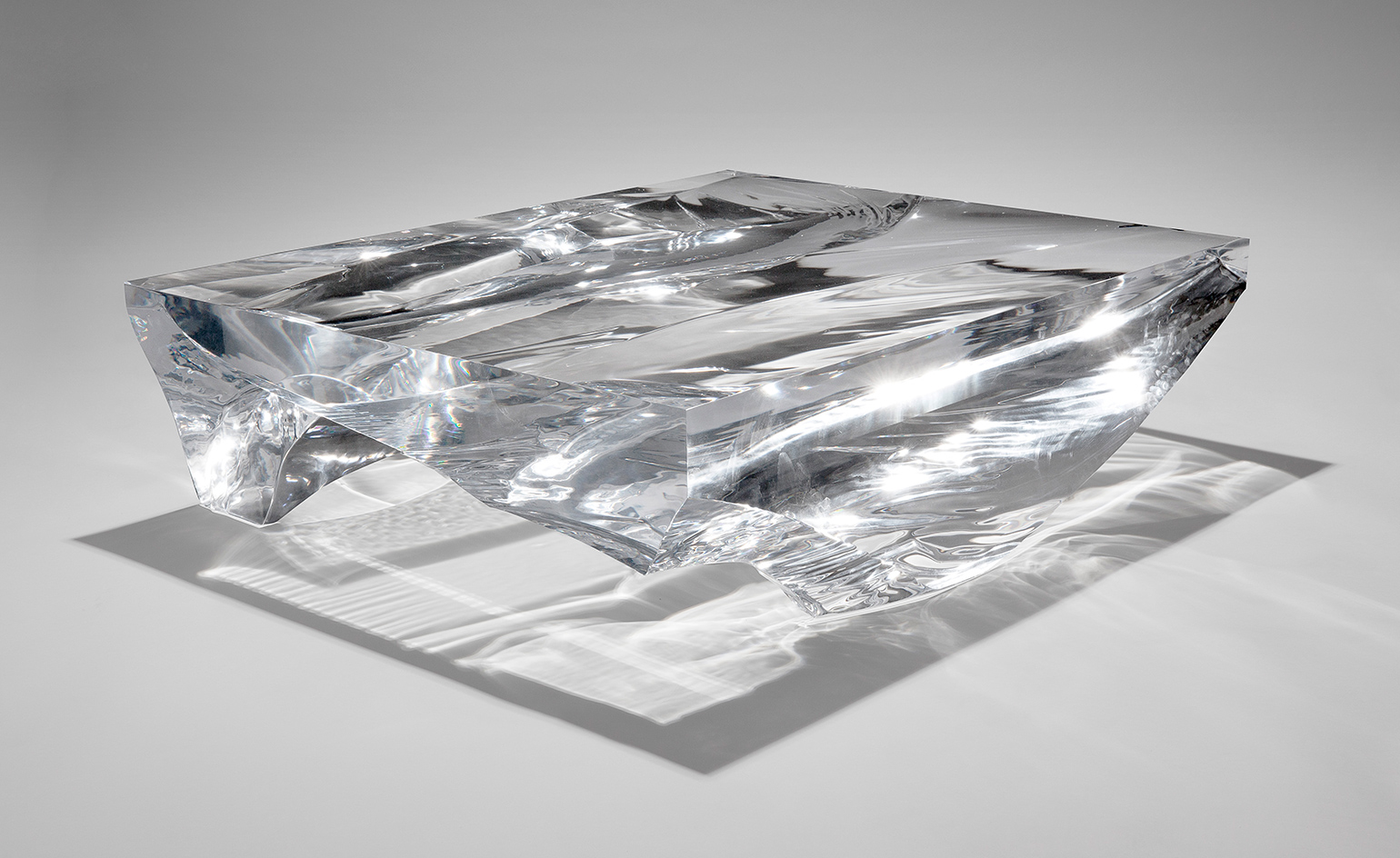
The work of the London-based designers sits in equilibrium between many opposing worlds; analogue and digital, design and sculpture, control and chaos. Pictured: ’Gravity’ table
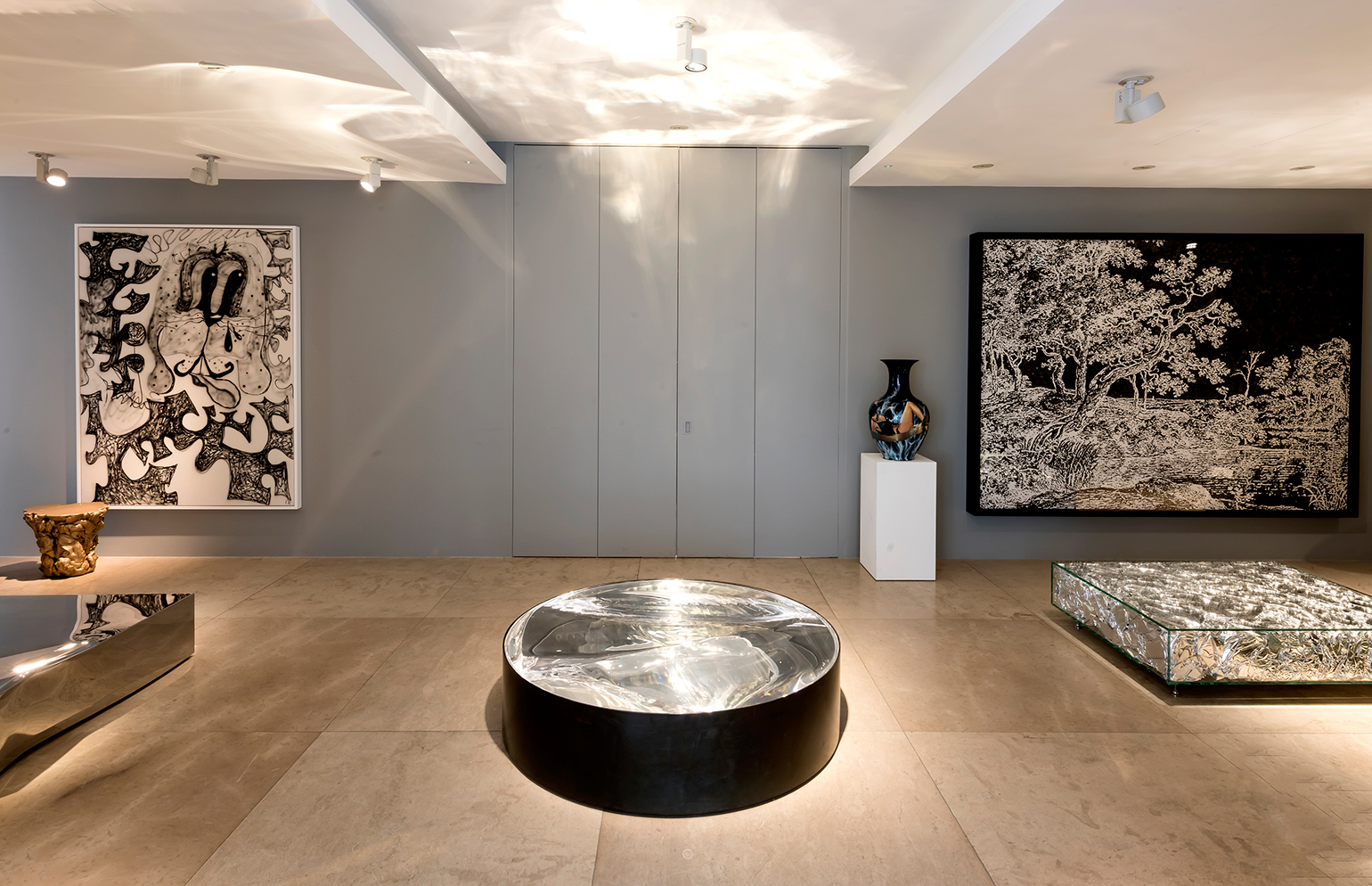
The exhibition also features important early pieces like the ’Glass Unit’ tables, which went on to inform much of the studio’s subsequent work.
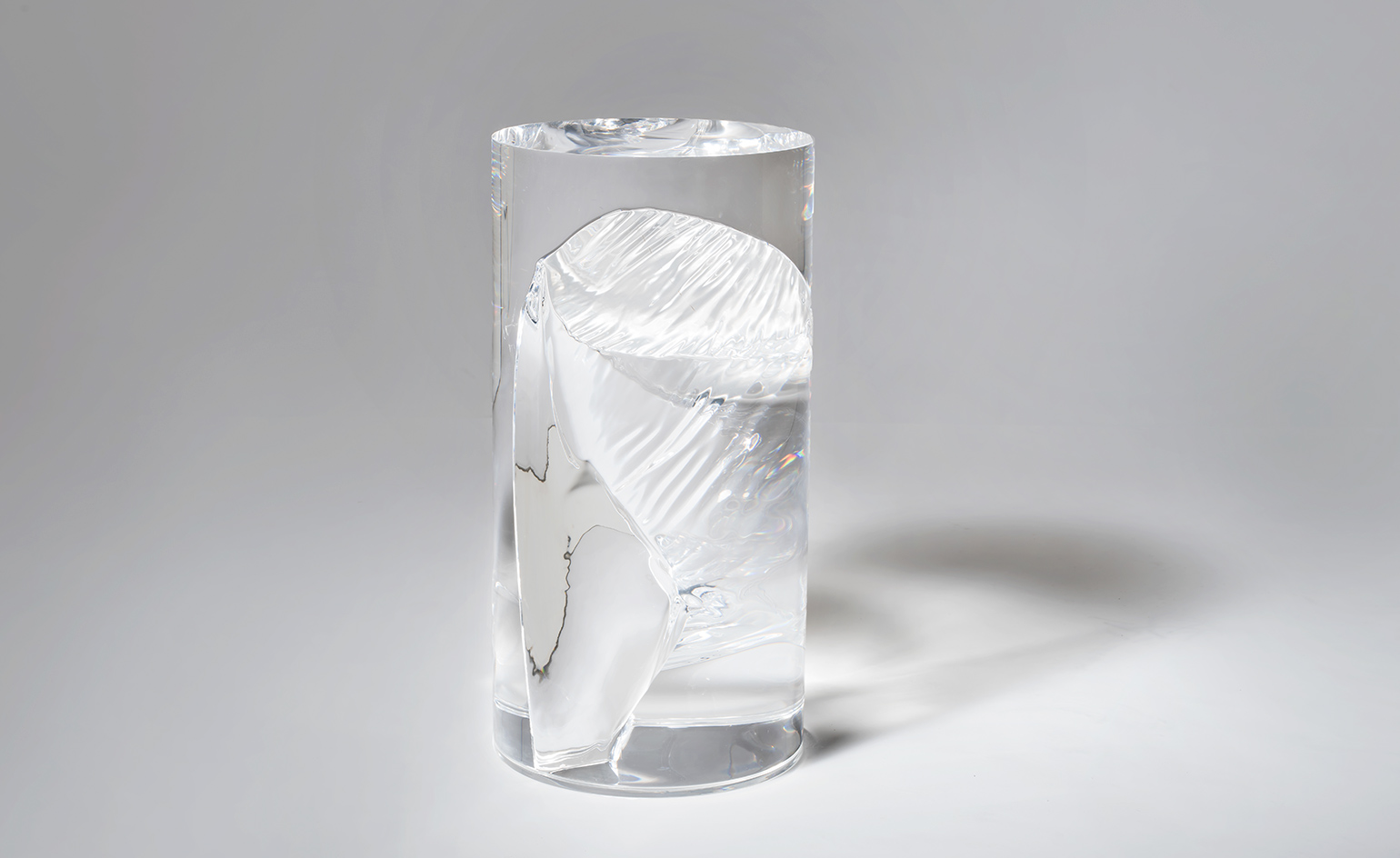
The ambitious ’Gravity’ tables are produced using a new digital technique where thin fragments of ice are scanned in high resolution and then used to shape solid acrylic. Pictured: ’Gueridon Gravity’ table.
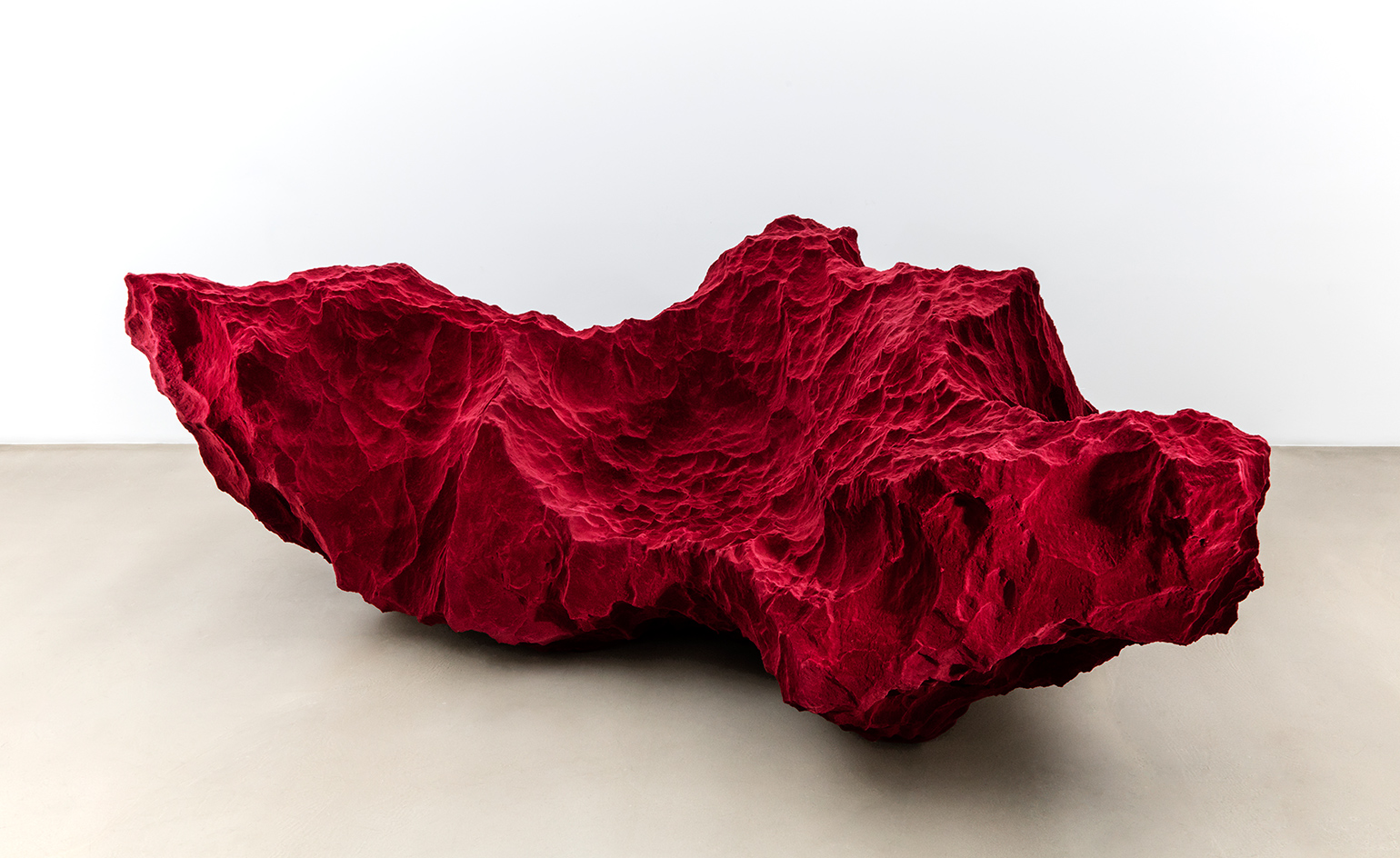
Appearing like rocks quarried from the surface of Mars, the ‘Species’ armchairs (pictured) are hand carved from synthetic foam before being covered in Rothko-inspired red velvet
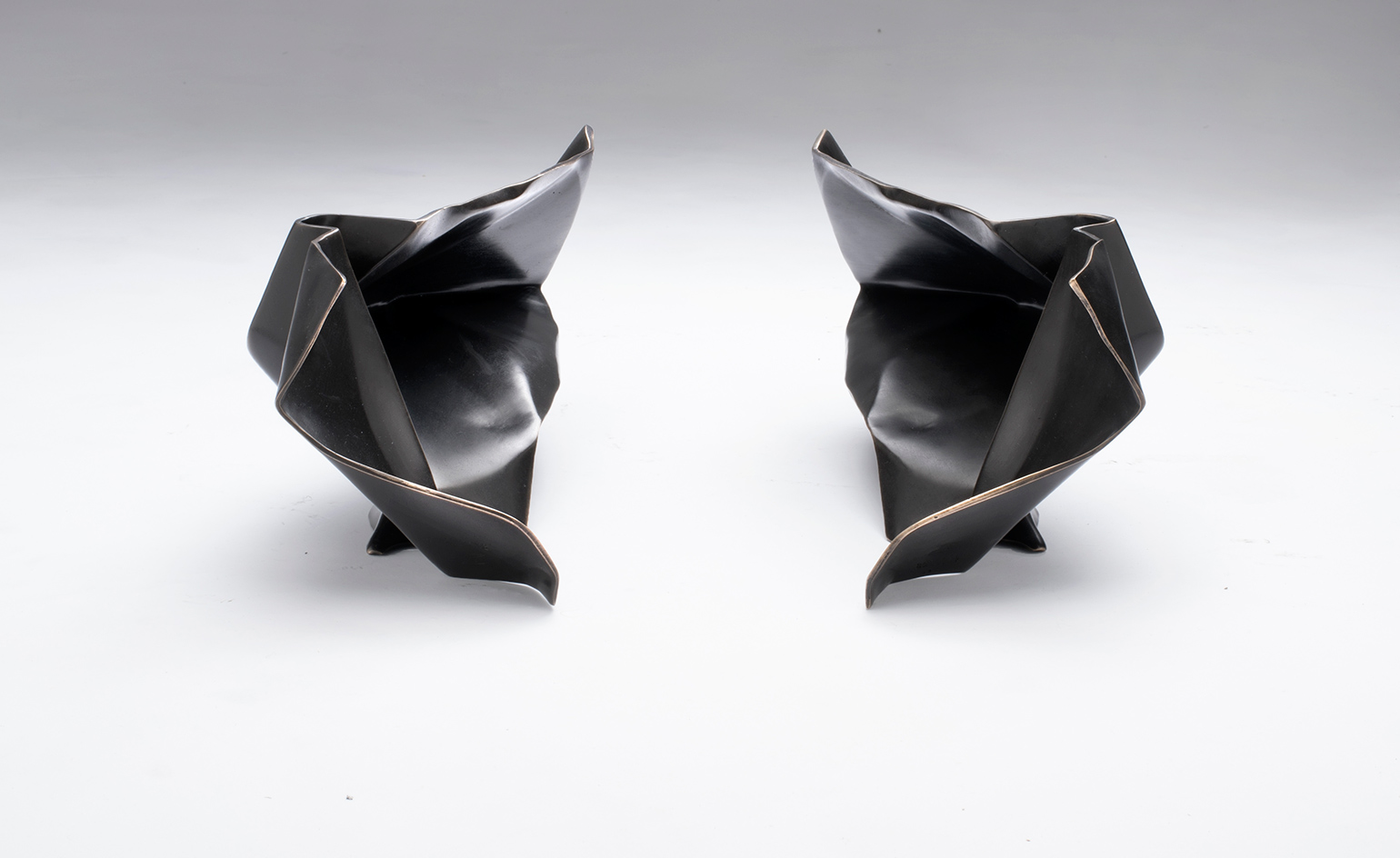
The show also introduces a collection of smaller, more ‘accessible’ design objects including a new series of bronze ‘Consequence’ candlestick holders (pictured) that were cast from pieces of leftover crushed metal found in the studio scrap pile.
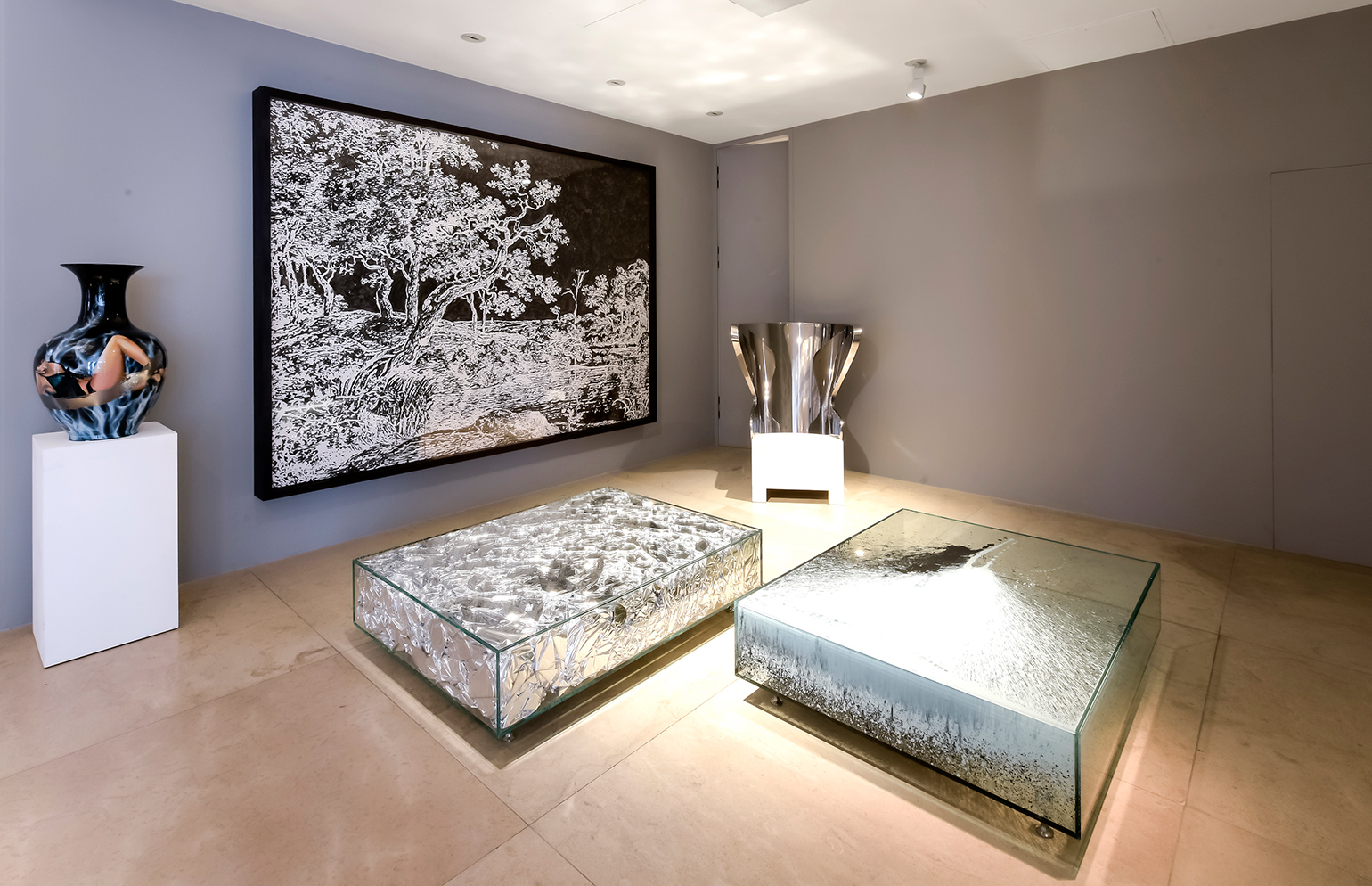
‘That feeling of effortlessness is really important in our work. We like finding a beauty in these brutalist forms,’ Ian Stallard told W*
INFORMATION
'Gravity' is on view until 7 April. For more information, visit David Gill Gallery's website
Photography courtesy Fredrikson Stallard
and David Gill Gallery
ADDRESS
David Gill Gallery
2–4 King Street
London, SW1Y 6QP
Receive our daily digest of inspiration, escapism and design stories from around the world direct to your inbox.
Ali Morris is a UK-based editor, writer and creative consultant specialising in design, interiors and architecture. In her 16 years as a design writer, Ali has travelled the world, crafting articles about creative projects, products, places and people for titles such as Dezeen, Wallpaper* and Kinfolk.
-
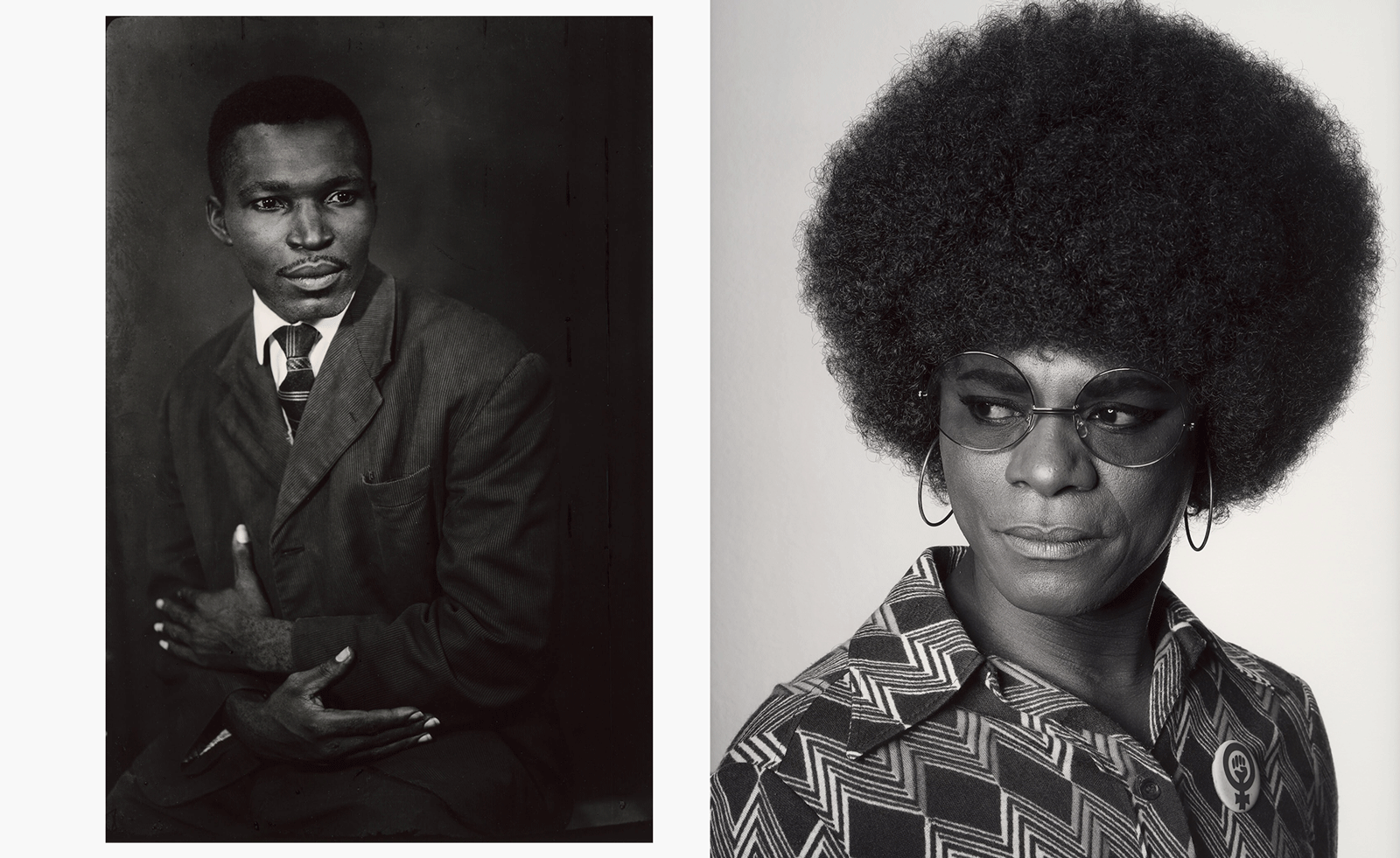 MoMA celebrates African portraiture in a far-reaching exhibition
MoMA celebrates African portraiture in a far-reaching exhibitionIn 'Ideas of Africa: Portraiture and Political Imagination' at MoMA, New York, studies African creativity in photography in front of and behind the camera
-
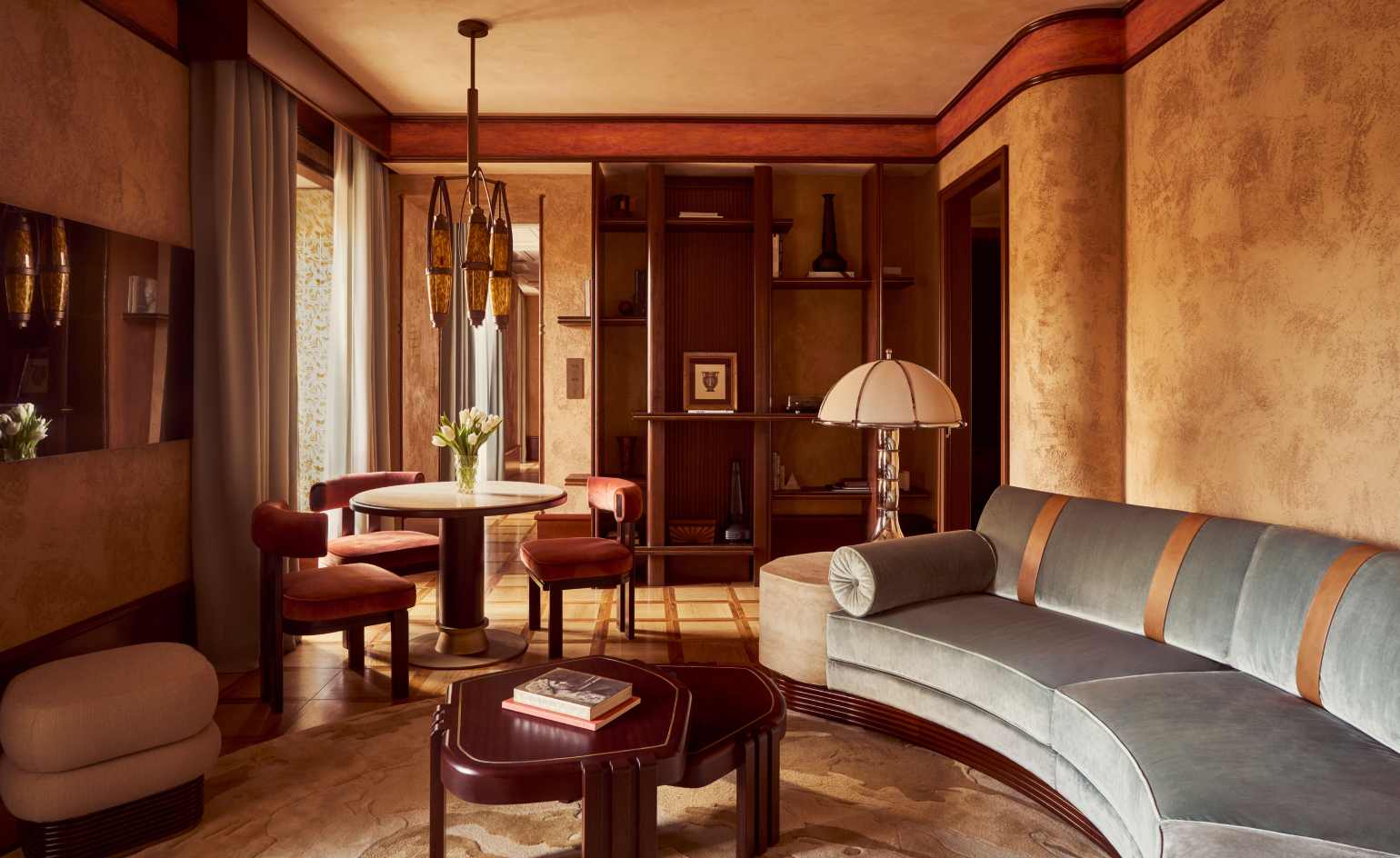 How designer Hugo Toro turned Orient Express’ first hotel into a sleeper hit
How designer Hugo Toro turned Orient Express’ first hotel into a sleeper hitThe Orient Express pulls into Rome, paying homage to the golden age of travel in its first hotel, just footsteps from the Pantheon
-
 These Kickstarter catastrophes and design duds proved tech wasn’t always the answer in 2025
These Kickstarter catastrophes and design duds proved tech wasn’t always the answer in 2025Odd ideas, Kickstarter catastrophes and other haunted crowd-funders; the creepiest, freakiest and least practical technology ideas of 2025
-
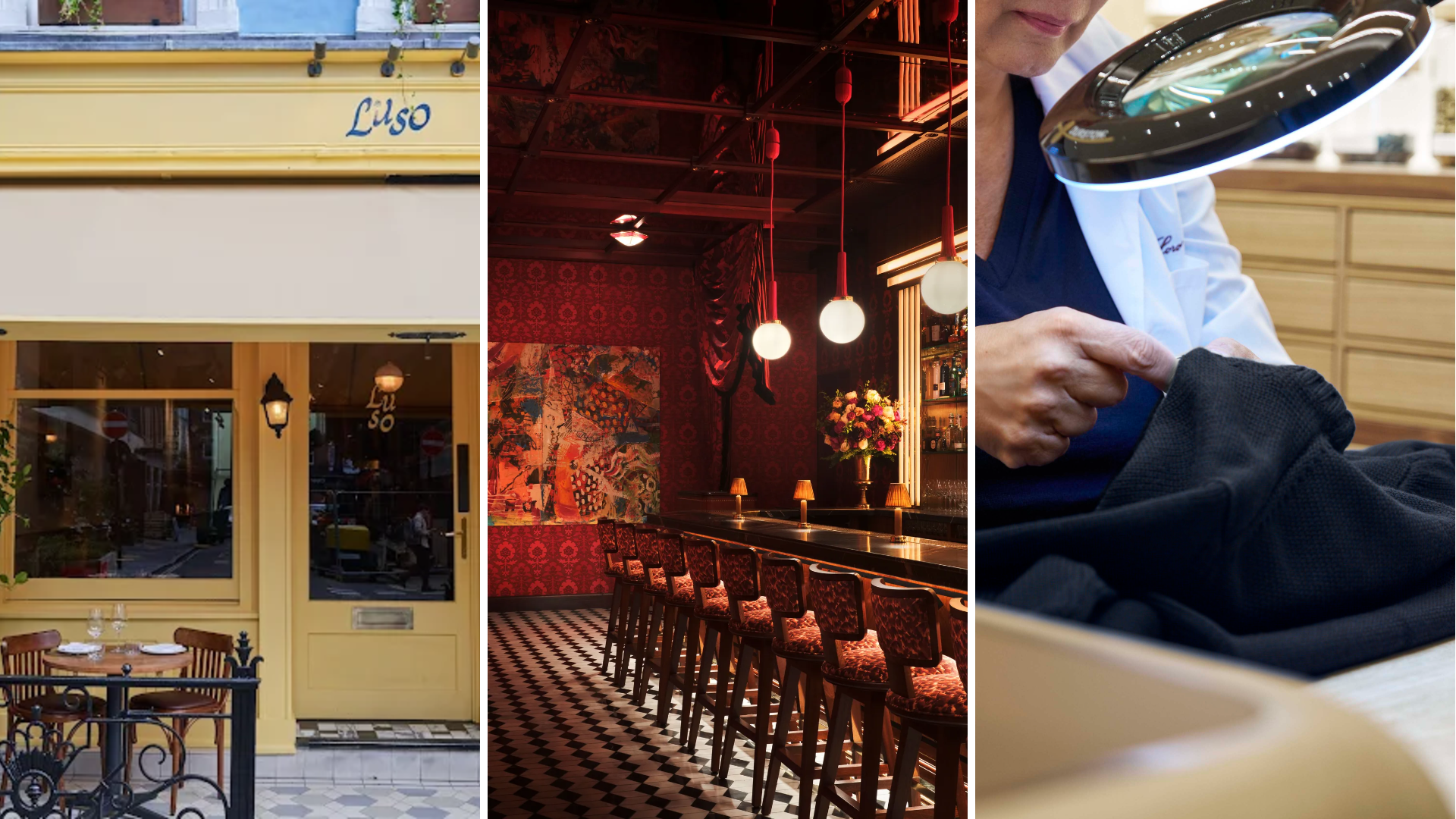 Out of office: The Wallpaper* editors’ picks of the week
Out of office: The Wallpaper* editors’ picks of the week'Tis the season for eating and drinking, and the Wallpaper* team embraced it wholeheartedly this week. Elsewhere: the best spot in Milan for clothing repairs and outdoor swimming in December
-
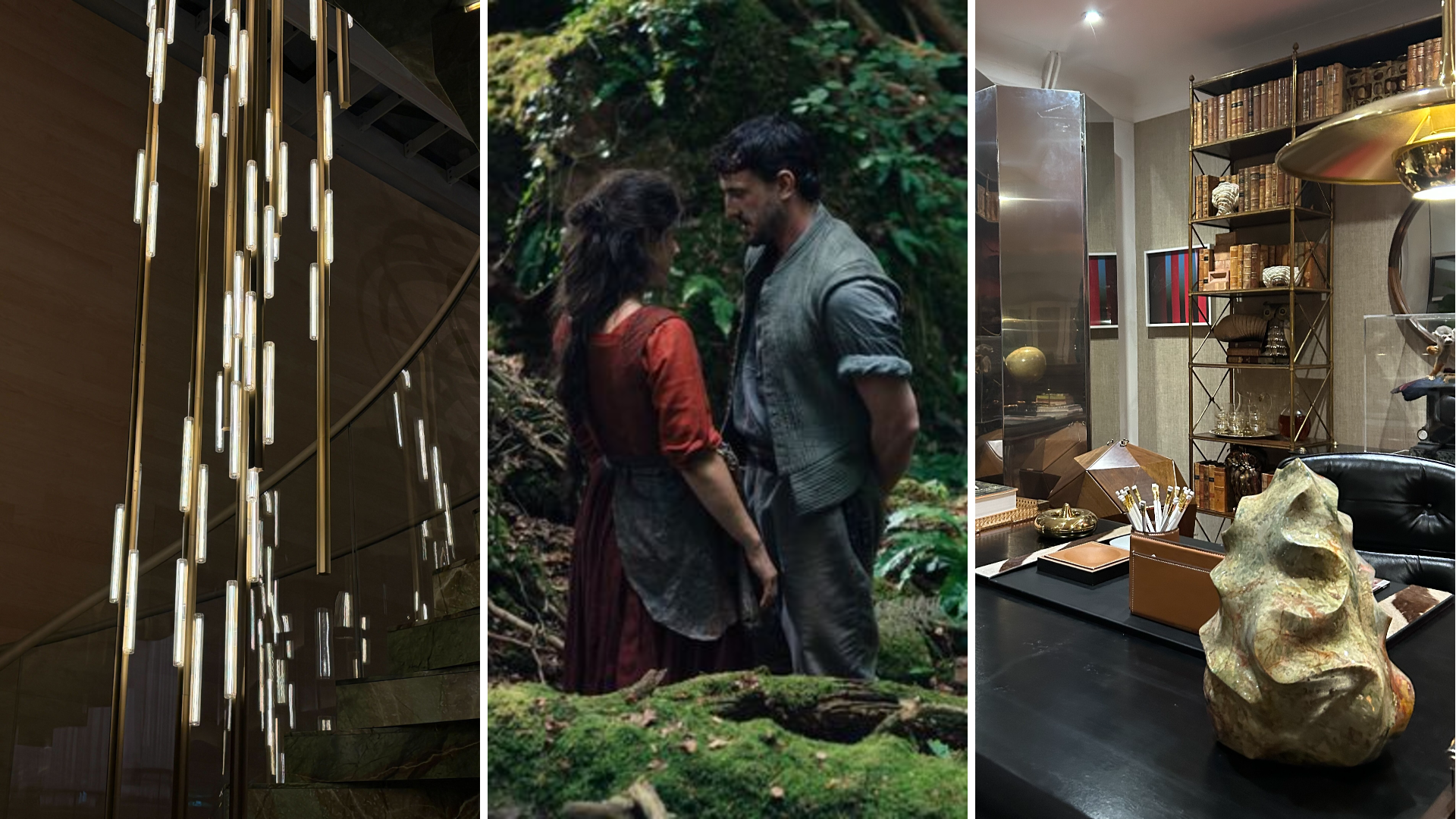 Out of office: The Wallpaper* editors’ picks of the week
Out of office: The Wallpaper* editors’ picks of the weekFar from slowing down for the festive season, the Wallpaper* team is in full swing, hopping from events to openings this week. Sometimes work can feel like play – and we also had time for some festive cocktails and cinematic releases
-
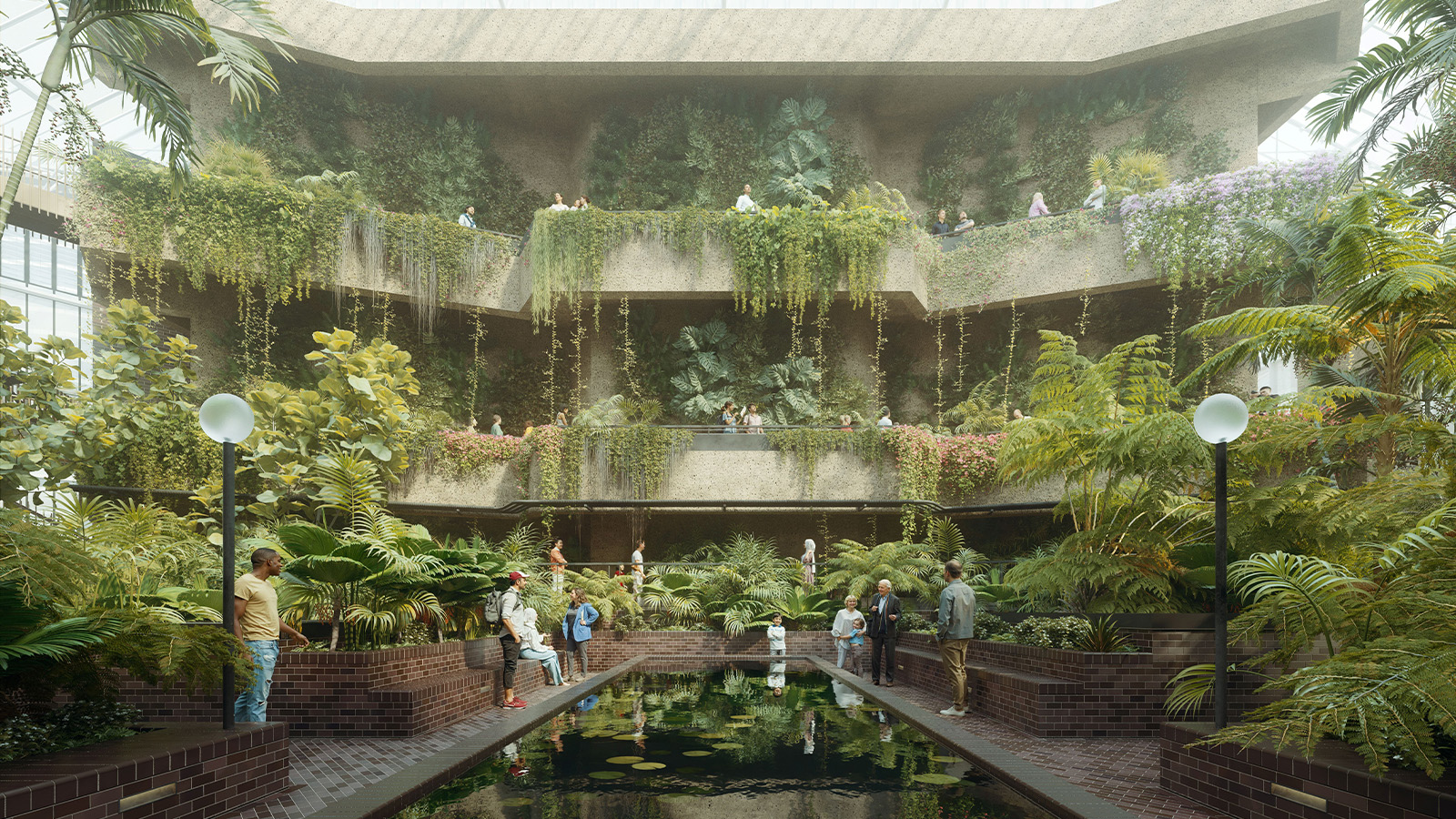 The Barbican is undergoing a huge revamp. Here’s what we know
The Barbican is undergoing a huge revamp. Here’s what we knowThe Barbican Centre is set to close in June 2028 for a year as part of a huge restoration plan to future-proof the brutalist Grade II-listed site
-
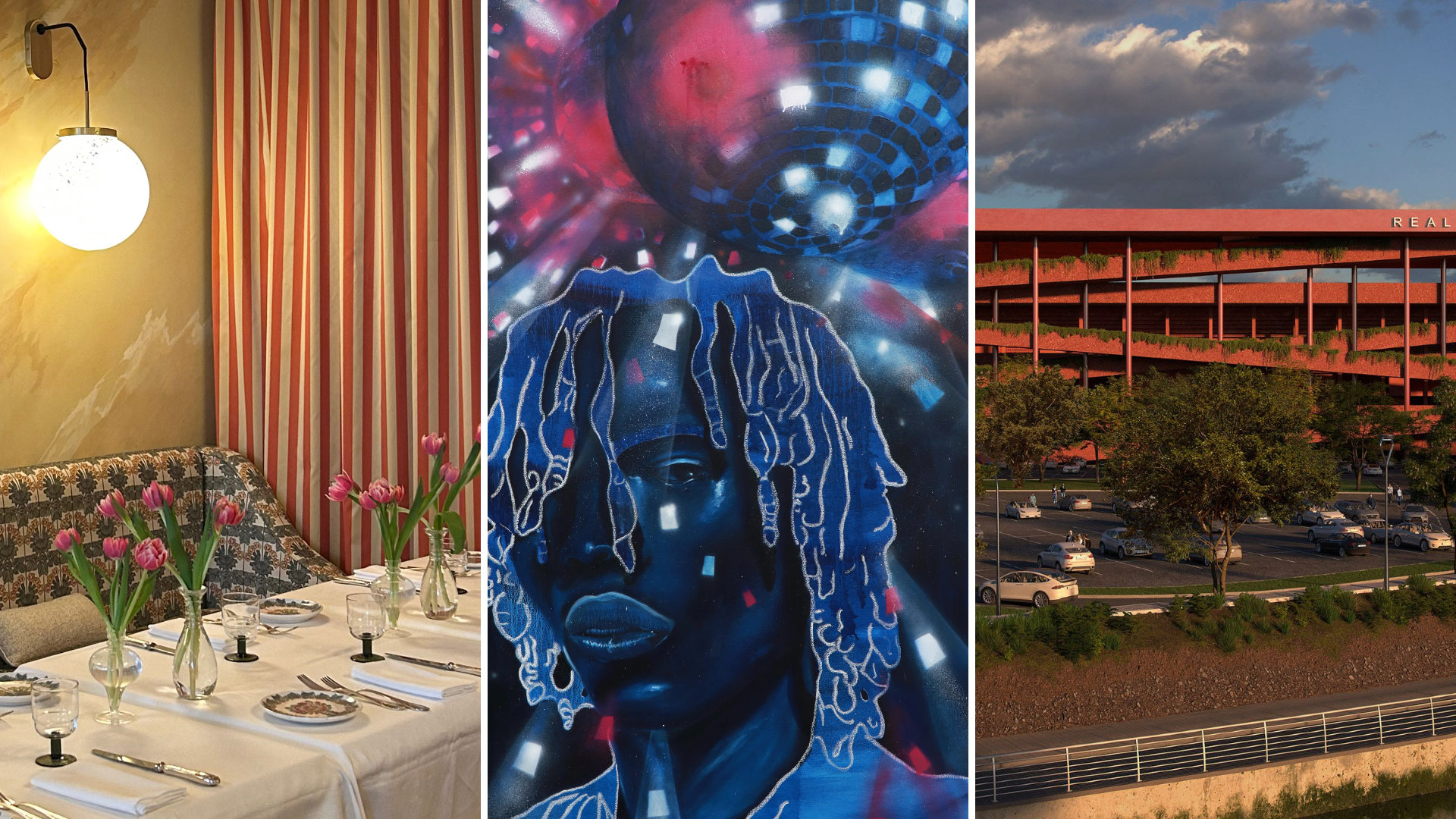 Out of office: The Wallpaper* editors’ picks of the week
Out of office: The Wallpaper* editors’ picks of the weekIt’s wet, windy and wintry and, this week, the Wallpaper* team craved moments of escape. We found it in memories of the Mediterranean, flavours of Mexico, and immersions in the worlds of music and art
-
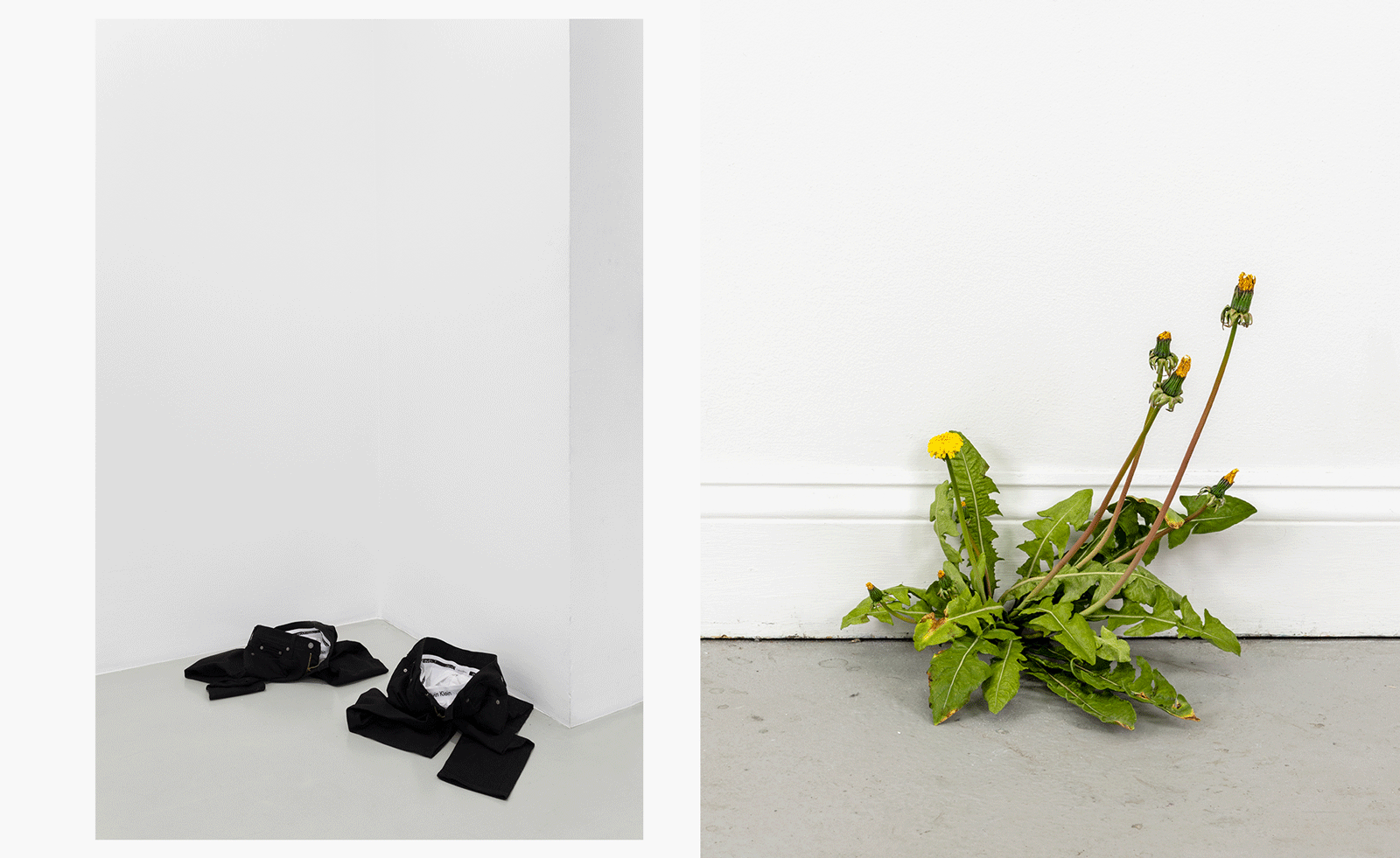 Each mundane object tells a story at Pace’s tribute to the everyday
Each mundane object tells a story at Pace’s tribute to the everydayIn a group exhibition, ‘Monument to the Unimportant’, artists give the seemingly insignificant – from discarded clothes to weeds in cracks – a longer look
-
 Out of office: The Wallpaper* editors’ picks of the week
Out of office: The Wallpaper* editors’ picks of the weekThis week, the Wallpaper* team had its finger on the pulse of architecture, interiors and fashion – while also scooping the latest on the Radiohead reunion and London’s buzziest pizza
-
 Out of office: The Wallpaper* editors’ picks of the week
Out of office: The Wallpaper* editors’ picks of the weekIt’s been a week of escapism: daydreams of Ghana sparked by lively local projects, glimpses of Tokyo on nostalgic film rolls, and a charming foray into the heart of Christmas as the festive season kicks off in earnest
-
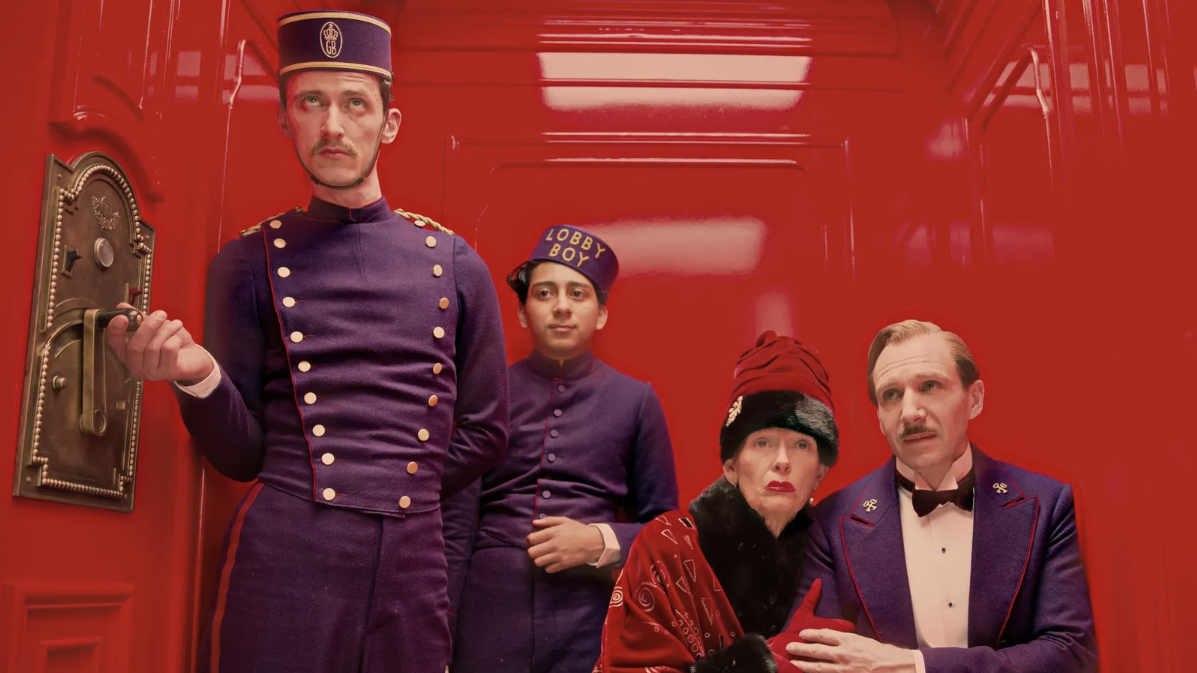 Wes Anderson at the Design Museum celebrates an obsessive attention to detail
Wes Anderson at the Design Museum celebrates an obsessive attention to detail‘Wes Anderson: The Archives’ pays tribute to the American film director’s career – expect props and puppets aplenty in this comprehensive London retrospective